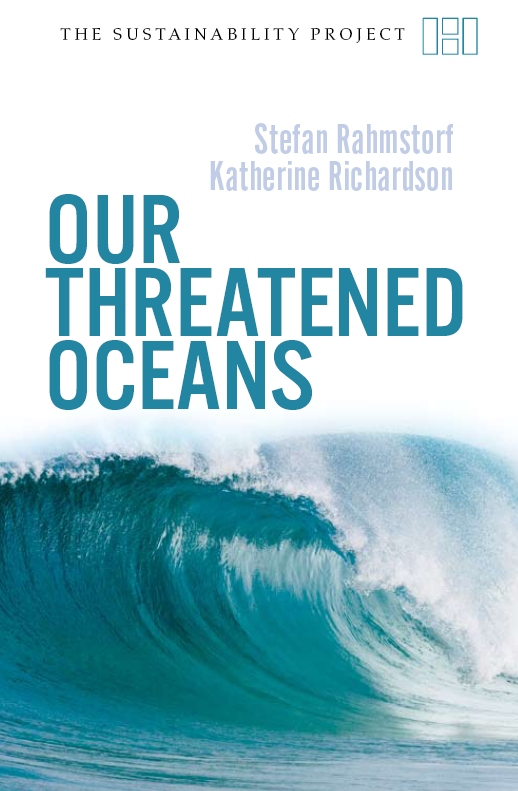New global warming study
A new study of the possible effects of global warming in the coming millennium is presented this week by scientists of the Potsdam Institute for Climate Impact Research. The study adds further credibility to fears that the global temperature could rise by over 3°C by the end of the next century if greenhouse gas emissions continue unabated. It also investigates the risk of a major lasting ocean circulation change in response to the warming.
Stefan Rahmstorf and Andrey Ganopolski used a computer model developed for long-term climate simulations at the Potsdam Institute. In contrast to previous climate models, their model has been tested by reproducing major climatic changes of the past. Last year, the Potsdam team was the first to succeed in a realistic simulation of the climate at the height of the last Ice Age, 21,000 years before present (Nature, 22 January 1988). And in July this year, the team headed by Martin Claussen again grabbed the headlines when their model showed how the Sahara had turned into a desert 5,500 years ago (Geophysical Research Letters, 15 July 1999). Other periods in the climate history were also simulated with the same model, such as the Eemian interglacial (warm period) that preceeded the last Ice Age.
The fact that most climate models have never been tested on past climatic changes has often been used by critics to question their reliability for the future. The model developed in Potsdam is coarser but runs much faster than previous models, which allows the simulation of tens of thousands of years of climate history.
"When we saw that our model can get past climates right we turned it to the future," says Ganopolski. "We used a new kind of model with a radically different approach, we tested it thoroughly on past climates, and we still get the same kind of warming in the next century as other studies. That strengthens the case for global warming." The model results for the next century are consistent with the assessment of the Intergovernmental Panel on Climate Change (IPCC), which advises the world's governments on climate issues.
Going beyond most previous scenarios, the new study looks at possible climate changes up to a thousand years into the future. It demonstrates for the first time how global warming could eventually lead to a lasting cooling of Europe if the North Atlantic ocean circulation collapses. Such a cooling has been the focus of much speculation, but had not previously been shown in a computer simulation. "We can't yet say how likely this is, but it is a possibility," says Rahmstorf. "Our results show that this depends on changes in the atmospheric water cycle which are still difficult to predict."
The study is published this week in the journal Climatic Change (Vol. 43 Nr. 2, pp. 353-367) and presented at the International Conference on Modelling of Global Climate Change and Variability in Hamburg (13.-17. Sept.).
The study is available at: https://www.pik-potsdam.de/~stefan/













